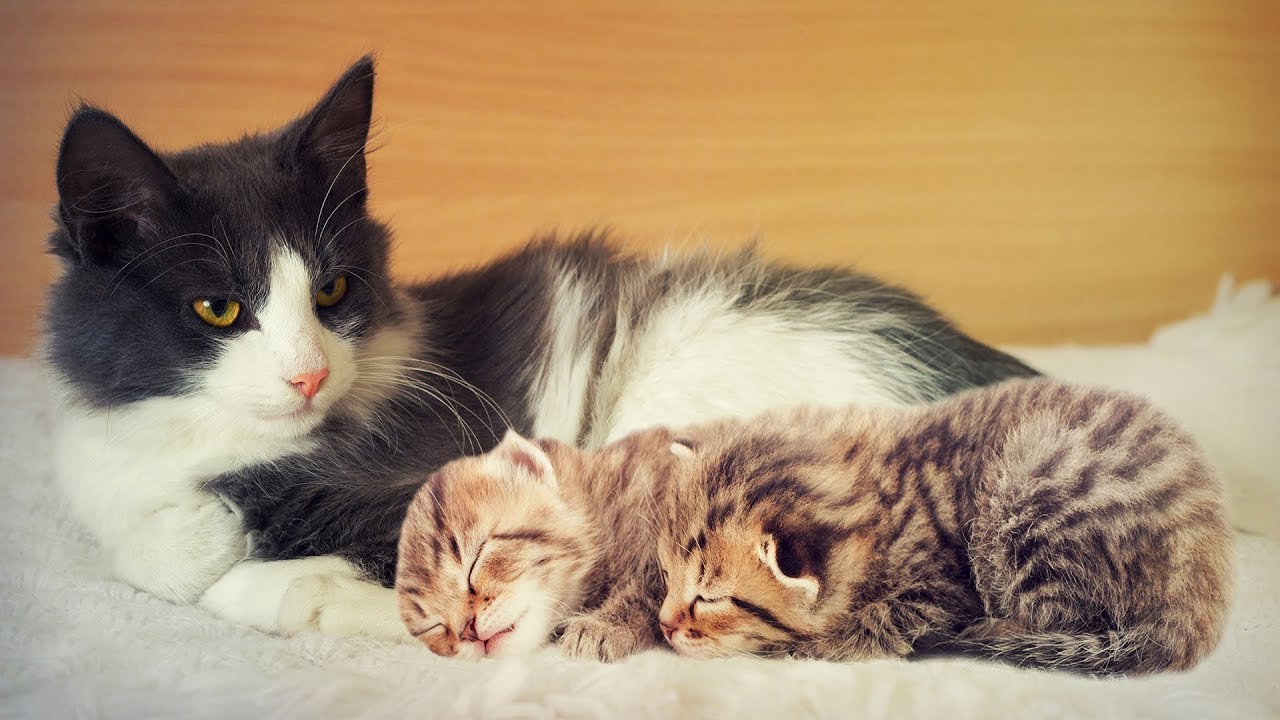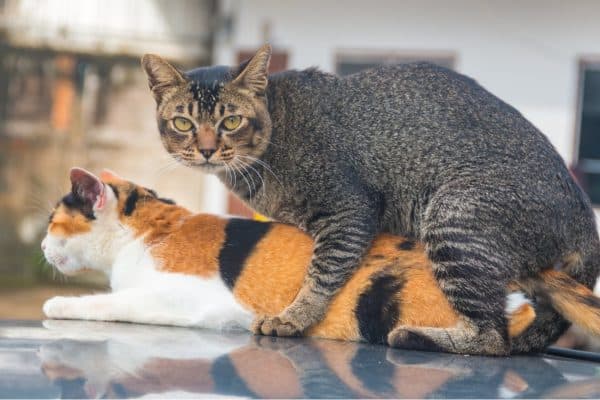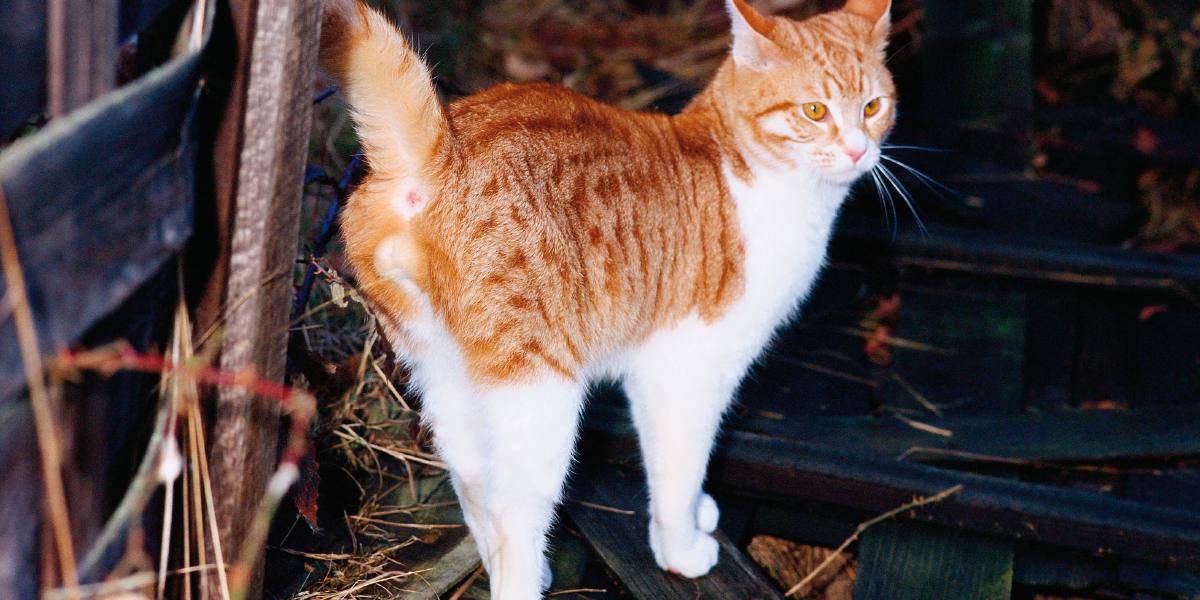
If it has become a cause for wonder for you about what a female cat is called, this article is specifically for you.
Many cat parents always wish to know the basic things about their cat, trying to understand their behaviors and decode certain traits. This is all in a bid to become better and caring cat parents.
Here we cover the various basic knowledge of these feline fur breeds, their biology, unique names, and other interesting cat facts.
Relax and have a nice read.
Female Cat Unique Names
Naming your cat is one of the first decisions of being a fur parent. The unique name you have chosen to identify your fur buddy with greatly influences her personality and of course should be to your liking.
Generally, a matured female cat is called ‘molly’ or ‘queen’, while the male cat is called a ‘tom’ and the much younger cat is called a ‘kitten’
There are many unique names to brand your female pet cat with. Here we have listed quite a handful to aid your choice;
- Bella
- Kiki
- Pearl
- Chloe
- Cassandra
- Sassy
- Tonto
- Catrina
- Marie
- Dinah
- Sky
- Princess
- Jade
- Stella
- Arabella
- Athena
- Merry
- Candy
- Fluffy
- Rain
- Paloma
- Silver
- Cara
- Midnight
- Lia
- Tessa
- Angel
- Emma
- Daisy
- Lily
- Zoe
- Sasha
- Ella
Biology of the female cat
Puberty occurs at the age between 6 and 10 months. Female cats are reflex ovulators, because of being seasonal polyoestrous.
The ovulation in the female cat takes place 12-13 days after copulation, while the gestation period averages 65 days. Their Corpora lutea secrete a great amount of progesterone, from 1-2 days of ovulating. When fertilization happens, the concentration of progesterone increases through 25-30 days and reduces further down the pregnancy periods. If pregnancy does not occur, the maximum progesterone concentrations occur within the space of 10-15 days and decline further down the line.
Meanwhile, at 20 days of gestation, Relaxin is produced by the fetoplacental unit and continues circulation through the pregnancy period. From day 35 of gestation, Prolactin production and secretion commences. However, this production declines from day 50 and increases yet again right before delivery.
A female cat in heat

A female cat on heat can be said to have entered her estrus cycle. This shows she is fertile and ready for mating.
The female cat heat occurs in a cyclic manner. For a cat not yet spayed acting weird and restless all of a sudden is likely to be in heat.
Some of the factors that greatly influence when your female cat goes into heat includes;
- Cats go more on heat in the spring and fall seasons.
- Age of female cat.
- Number of male cat around.
- Cat health status.
Female cats go into heat more during the Spring and Fall seasons. Climate change during these times greatly affects their biology. This easily tips the cat into the heat cycle.
A more matured female cat with a fully developed organ goes into heat more and easily than an adolescent female cat.
With many male cats in the environment, your female cat is easily enticed and induced into heat. Seduction is the word here, and with many male options, it is easier to enter the mood for mating.
Health is a major factor influencing when a female cat goes into heat. A healthy feline will have more heat cycles than a sick one.
How long for a cat in heat
Your non-spayed female cat is likely to experience her first heat from 4 months of age. However, the standard start of going into a heat period begins from puberty which is between 6-10 months old for a female kitten.
The heat cycle of a female cat lasts 4-5 days. If your feline fur baby is not fertilized within these days, she is likely to have another estrus cycle in 2-3 weeks’ time.
Female cats go through many heat cycles in a year, especially when they are not fertilized. The cycle may vary from time to time. Notwithstanding, the aforementioned factors greatly impact how long it takes for a female cat in heat.
Interestingly, female felines experience induced ovulation, meaning they ovulate or release their egg for fertilization in the uterus when they mate. As a result, it is common for kittens of a litter to be sired by more than one male cat. Interesting, isn’t it?
Female cat in heat symptoms
It is very helpful to you and your female cat for you to be able to detect when she is in heat. This enables you to carter for in case of strange behaviors they exhibit when on heat without ticking you off.
Some of the symptoms of a female cat in the heat include;
- Female cat in heat sounds: These sounds are usually distressed caterwauling, with nonstop yowling and purring. Your female cat on heat tends to moan or meow more than usual; this is her calling out for a sire.
- Restlessness: In the heat cycle, your molly becomes restless. Unable to find comfort at a spot, it moves around nonstop scratching against objects, wall and furniture. You may this state of restlessness to be disturbing especially when you are totally in the dark about what is going on. This female cat in heat symptoms is very profound.
- Desire to always be outside: Your indoor cat in heat will have irresistible urge to go outside. This is so that she can get herself a mate, by spreading her scent to signal availability for mating to the tom cats around. Meanwhile, your outdoor cat will likely stay outside throughout the heat periods, or maybe rarely come home.
- Incessant Wagging of her tail.
- More affectionate: If you observe that your cat becomes more affectionate, rubbing on any surface, it is very likely she is on heat. Especially if your Queen is the type that always keeps to herself before now. She does this to leave off her scent on these surfaces to entice a sire for mating.
- Increased licking of her genitals: This is a rather obvious sign of a female cat on heat, especially if her vulva is swollen and making slight discharges.
- Positioning: A cat in her heat usually assumes a flat posture on the floor with her rear sticking out to entice the male cat. When on her heat, this positioning is her literally giving out an invite for mating.
These female cats in heat symptoms are very profound in helping you understand your feline sexual needs better, aiding her and becoming a better cat parent in the process.
Female cat spraying

Spraying is a common behavior among male cats to mark territories. Notwithstanding, female feline spray also. This behavior can be disturbing especially when in excess, causing stains and polluting the air.
A female cat that sprays does so primarily for two reasons;
- Relieving stress or
- Exhibiting territorial behaviors.
Your female cat that sprays maybe bored, upset, needing some play time, or trying to get rid of smells in the environment she finds unpleasant. Meanwhile, for territorial markings, a female cat sprays to avoid intrusion from other external cats or people into its comfort zones and hideout.
Your female cat sprays around its litter to create restrictions from intrusion or vertically on your wall or furniture to mark her territory. Meanwhile, the urine quantity sprayed is small not as much compared to when it is urinating.
Some of the ways to greatly reduce and ultimately stop your female cat spraying includes;
- Getting rid of stressors
- Surgical spaying
- Use of diet
- Replacing litter and litter box if you sensed this is the cause.
- Use of medications and supplements
Understanding why your female feline sprays can help you to a great extend to stop this unwanted behavior or help her meet the needs communicated by the act.
Spaying your feline Pet
Spaying your female cat is a medical procedure where the ovaries and uterus of the cat are removed. A female cat spayed serves the same purpose as the neutering of a male cat which involves the removal of its testicles, often referred to as Castration.
The practice of spaying female cats helps the population control your feline pet, ultimately reducing overpopulation and the stress/inconveniences that come with it. Besides, your feline behavior or personality after spaying does not change.
As with every other medical/surgical procedure, here a certified Veterinary doctor puts your cat under discrete examinations and testings. This is to ascertain that your female cat to be spayed is physically and mentally fit for the procedures and effectively handles complications that may arise from the procedure. The spaying of your feline as with all surgeries is done under anesthesia to greatly reduce the pain and discomfort on your cat.
Aftermath, the Veterinary doctor gives you instructions on how to care and carter for your spayed cat. This is to aid the healing process and ensure your feline baby is back to shape and form in no time.
Female cat vs male cat
The comparison of the female cat vs male plays a huge role in selecting your feline pet.
You will need this consideration to ensure that the sex of the cat matches your lifestyle and ultimately your personality.
Two important consideration to help guide your choice includes;
- Breed
- Behavior
Under the choice of breed, the appearance and color of the cat be it a male or female is being considered. You know what color works best for you, this should aid your choice.
Meanwhile, you will need to ascertain the personalities of both genders to know which is better behaved. Here you consider the sex drive and aggressiveness of each category.
That is pretty much it, the comparison of the female cat vs male cat for adoption is more of a personal choice. The personality of whichever sex you finally go for should suit your personality and lifestyle.
Some Amazing Cat Facts
Here we enlisted some interesting facts on domestic cats. We hope you enjoy the read and expound your knowledge of cats from it.
Some of the facts include;
- Great Sleepers: Cats are great sleepers. It has been estimated that a typical cat can sleep for 2/3of their life span.
- They sweat through their paws.
- A third eyelid: Cats possess a third eyelid called the haw. However, this eyelid becomes visible only when they fall sick.
- They have the ability to drink sea water.
- They cannot take any sweet things.
- Cat starts to have dreams when they sleep from a week old.
- They cannot see directly below their noses. This is the reason they tend to miss their food and other objects that is directly in front of them.
- Kittens release growth hormones only when they sleep. This is the reason they tend to sleep a lot.
- A male cat is called ‘tom’.
- Female cats are called ‘molly’ or ‘queen’.
FAQs
- How long for a female cat in heat?
The heat for a female cat lasts for approximately 4-5 days.
Within this period, if copulation/fertilization occurs gestation follows which averages 66days until delivery. Otherwise, the heat stops and your cat re-enters heat after 2-3weeks.
- What do you call a female cat?
A female cat is called a ‘queen’ or ‘molly’ whereas the male counterpart is called ‘tom’.
- Can female cat spray?
Yes, a female cat sprays. Spraying comes naturally to cats of both genders as a way to mark territories or to show discomfort.
A cat sprays around the litter, on the wall, and furniture because she may be bored or displeased with the smell the environment gives off or to ward off unwanted intrusion from other cats around.
- Is it safe to spay your cat?
Spaying your feline is safe provided it is done by a certified Veterinary Doctor, and all the examinations, regulations are strictly supervised and adhered to. Aside from the temporary pain and slight discomfort your cat likely experiences, things are back to normal in a short time.
- What are the female cat heat sounds?
The cat heat sounds are usually those of distressed yowling and purring sounds. For a cat in heat, she resorts to continuous moaning and meowing calling out for a mate. These sounds are quite unusual and different from the norm.
CONCLUSION
The female cat is undoubtedly an interesting domestic companion. They possess peculiar traits and characteristics that well acquainted with will aid your cat parenting experience in no small way.
Naming your feline fur baby is one of your first duty as a pet parent.
The biology of the female feline is quite similar to that of other mammals asides from the difference in gestation spans. They go through the heat in almost the same fashion as others, sprays, and possess unique personalities of their own as well.
What do you call your female fur friend? What guided the choice of a unique name for her?? Share with us, we will be thrilled to know.
Feel free to checkout our cat products in our store here.

